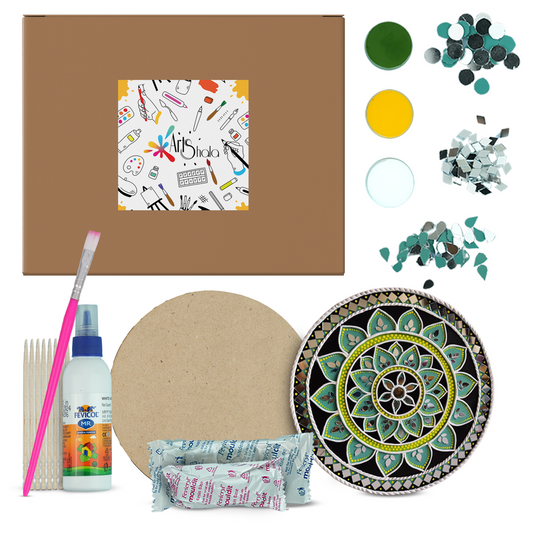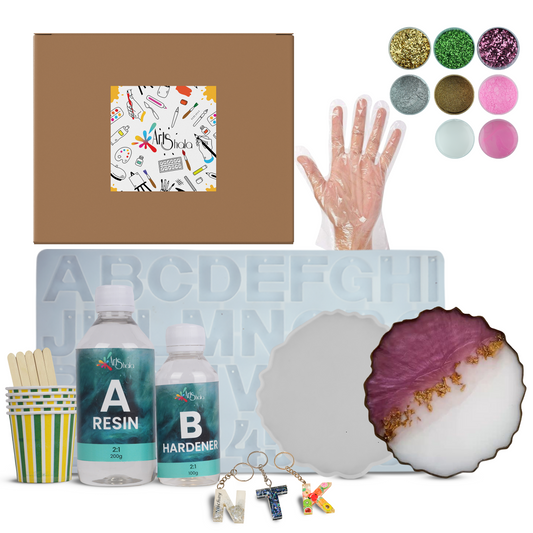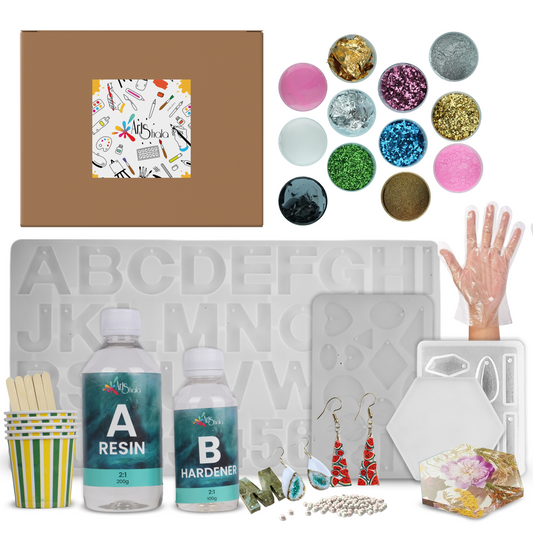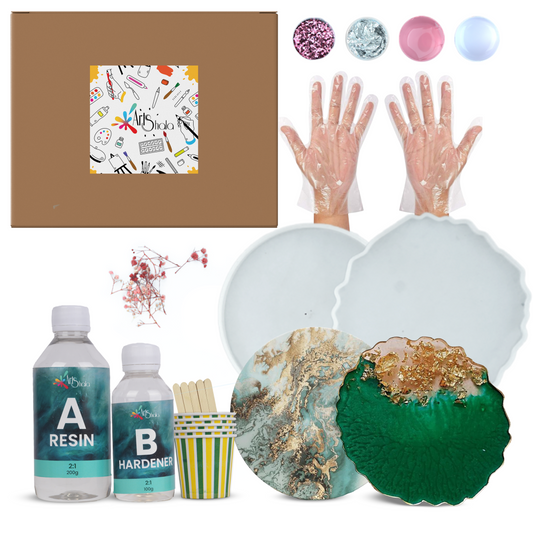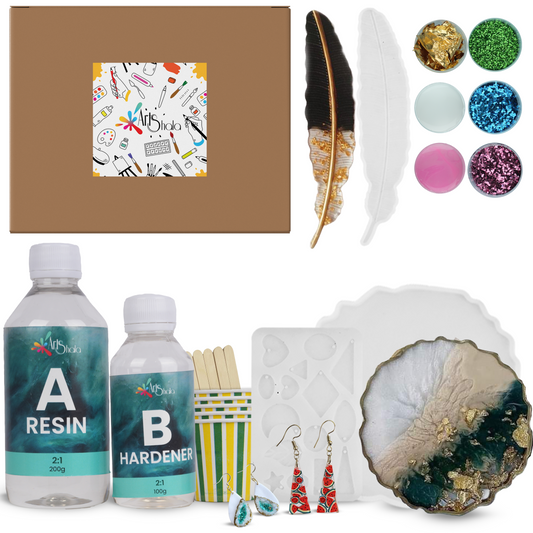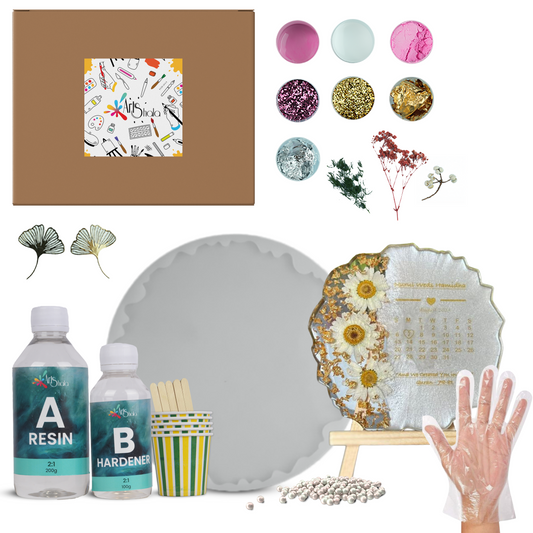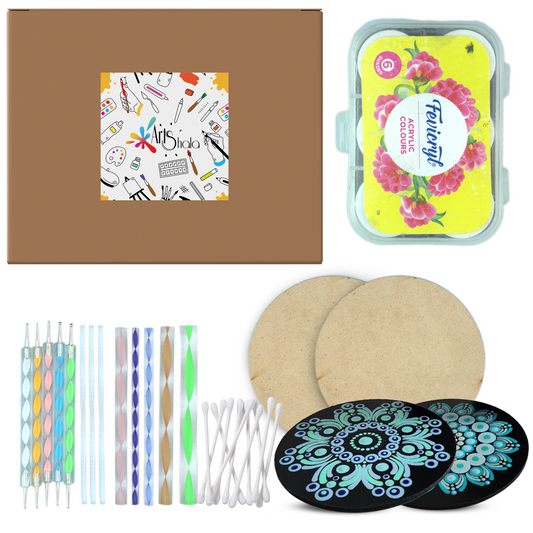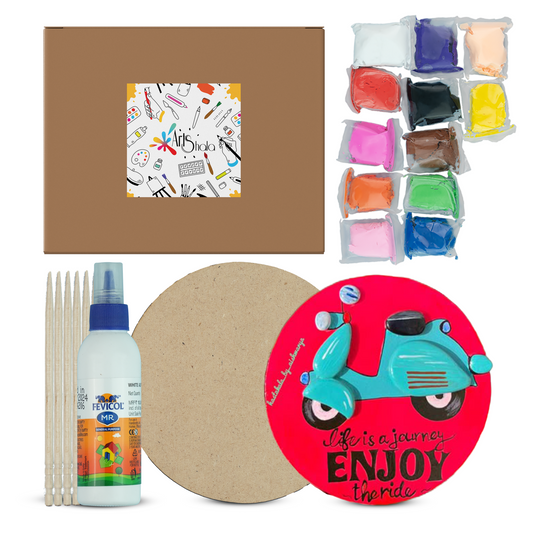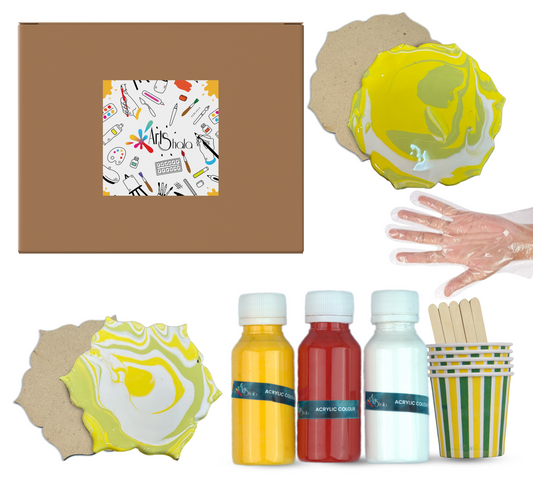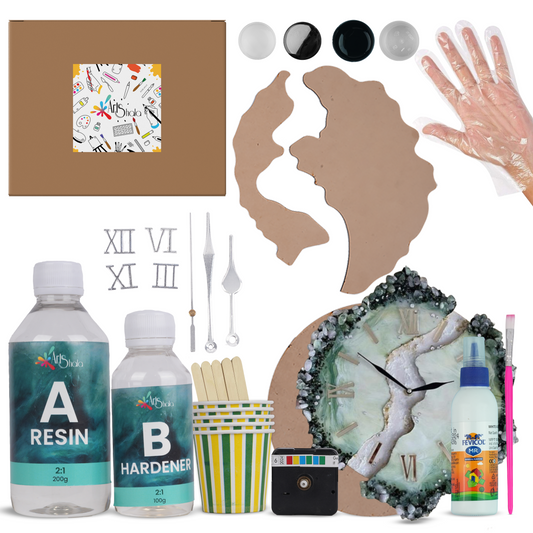Transform Your Acrylics: A Guide to Effortless Blending
With their quick drying time and versatility, acrylic paints can be a dream to work with. However, achieving a smooth blend of colours can be challenging, especially for beginners. In this comprehensive guide, we'll explore various techniques and tips to help you master the art of blending acrylics for a seamless finish. To learn more about such techniques, enrol in an acrylic painting workshop.
Understanding Acrylic Paint Properties
Before we dive into the blending techniques, it's important to comprehend the properties of acrylic paint. Acrylics are water-based paints that dry quickly, making them ideal for layering and creating texture. However, this fast-drying nature can also make blending more challenging.
Acrylic paints come in various consistencies, from heavy body to fluid. Heavy body acrylics have a thicker buttery consistency, while fluid acrylics are thinner and more transparent. Choosing the right consistency for your blending needs can significantly affect the outcome.
Getting a Smooth Blend Using Acrylic Paints
-
Preparing Your Palette: A well-organised palette is crucial for successful blending. Start by squeezing out a generous amount of the colours you plan to use, leaving enough space between each pile to mix them. Consider using a disposable or wooden palette with a smooth surface for easy cleanup. It's also essential to keep a spray bottle filled with water nearby. Spraying your palette with water can help keep the paint moist and workable, preventing it from drying out too quickly.
-
Choosing the Right Brushes: Your brush can significantly impact your blending ability. Look for brushes with soft, synthetic bristles that come to a fine point. Filbert and round brushes are particularly well-suited for blending, as they allow you to cover large areas and create soft edges. Avoid stiff, bristly brushes, which can create harsh lines and make blending more difficult. It's also a good idea to have a variety of brush sizes on hand to work on different areas of your painting.
Techniques for Getting a Smooth Blend
-
Wet-on-Wet Blending
One of the most effective techniques for achieving a smooth blend is wet-on-wet blending, also known as alla prima. This method involves applying paint to a wet surface, allowing the colours to mix directly on the canvas.
To begin, apply a thin layer of paint to your canvas, keeping the colours separate. While the paint is still wet, use a spotless, damp brush to gently blend the edges where the colours meet. Work quickly, as the paint will dry, making blending more challenging.
As you blend, use a light touch and avoid overworking the paint. If the paint becomes too dry, mist it lightly with water to reactivate the colours.
-
Glazing
Glazing is another technique that can help create a smooth blend. This method involves applying thin, transparent layers of paint over a dry underpainting. Each layer of glaze adds depth and subtlety to the colours, creating a smooth transition.
To glaze, mix your desired colour with a medium or retarder to slow down the drying time. Apply the glaze in thin, even layers, letting each layer dry fully before you add another. Use a soft, neat brush to blend the glaze's edges gently.
-
Feathering
Feathering is a blending technique that uses a dry brush to soften the edges of a painted area. This method works best when the paint is still slightly tacky but not completely dry. To feather, load your brush with a small amount of paint and apply it to the canvas. While the paint is still wet, use a clean, dry brush to gently feather the edges, creating a soft, diffused transition. Be sure to use a light touch and avoid overworking the paint. If the paint becomes too dry, reactivate it with a water mist.
-
Soft Edges
Creating soft edges is an essential part of achieving a smooth blend. To create soft edges, apply paint to the canvas and use a clean, damp brush to gently feather the edges while the paint is still wet. Be sure to work quickly, as the paint will start to dry. If the paint becomes too dry, mist it lightly with water to reactivate the colours.
-
Blending Medium
Using a blending medium can help extend the working time of your paint and make blending easier. Blending mediums are designed to slow the drying time of acrylic paint. It allows you to work with the paint for extended periods. Mix a blending medium with your paint according to the manufacturer's instructions. Apply the mixture to your canvas and use a damp brush to blend the colours.
-
Patience and Practice
Achieving a smooth blend takes time and practice. Keep going even if your first attempts turn out differently than you hoped. Keep experimenting with different techniques and materials, and be patient with yourself as you develop your skills.
Remember, every painting is a learning experience, and each one will help you grow as an artist. With dedication and persistence, you'll be able to create beautiful, seamless blends in no time.
Additional Tips for Effortless Blending Using Acrylic Paints
-
Work in a well-lit area: Good lighting helps you see colour variations accurately.
-
Clean your brushes frequently: Clean brushes between colours to prevent muddying.
-
Start with small areas: Practice on a small scale before tackling larger areas.
-
Don't be afraid to experiment: Blending is a creative process. Try new things.
By following these guidelines and experimenting with different techniques, you can master the art of blending acrylic paints and creating stunning art pieces. Remember, practice is important, so keep trying and refining your skills.
Conclusion
Mastering acrylic paint blending takes practice, patience, and experimentation. You can achieve smooth, seamless transitions in your artwork by utilising techniques such as wet-on-wet blending, glazing, feathering, and even advanced methods like scumbling and sgraffito. Remember that every artist's journey is unique, so embrace your creative process and enjoy exploring colour and texture. With dedication and practice, you’ll soon create stunning, blended pieces that showcase your artistic vision. Happy painting! Contact Us to learn more about this art form or visit Arts Shala’s website.



